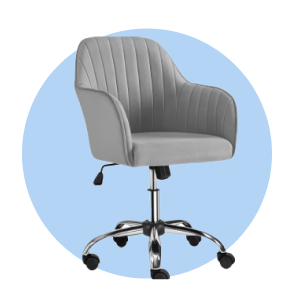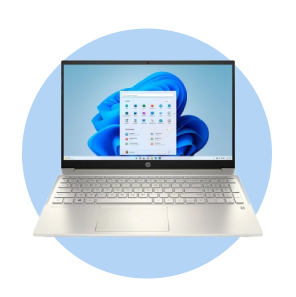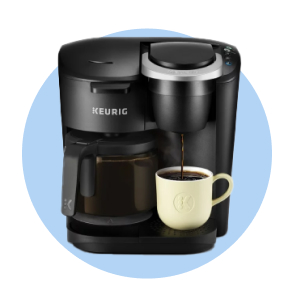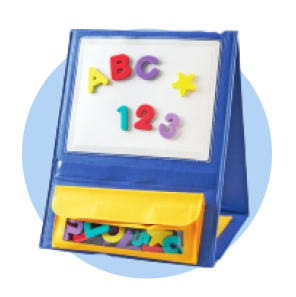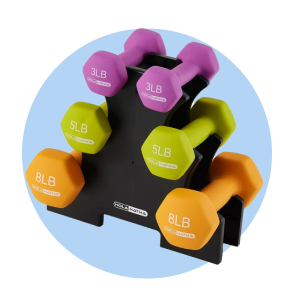
How to Choose the Best Office Printer for Your Business
Find the right equipment for your company’s needs
When it comes to choosing the best office printer, you may be tempted to choose the least expensive model you can find, but those savings can be an illusion. Paper jams, downtime and a lack of useful features can end up costing you more in the long run.
On the other hand, you don’t want to spend the extra cash on office printers with bells and whistles that don’t really apply to your day-to-day operations. To find the best office printer for your business, you must first evaluate your needs and gain a better understanding of what you’re looking for. Here’s how.

How to find the right printer for your business
There is no “ultimate printer” or singular best office printer for every business. The best printer for one industry may not be appropriate for yours, so start by researching what’s on the market and thinking about which types and features would best serve your team.
Understanding inkjet vs. laser models
There are two broad categories of office printers on the market, and familiarizing yourself with their advantages and drawbacks should be your first step. Inkjet and laser printers can both provide sharp colors and rich text, but they use different methods to do so.
Inkjet printers deposit tiny ink droplets from liquid ink cartridges, which makes them particularly well-suited for printing documents with more visual elements like high-resolution photographs or detailed artwork. These printers are generally the smaller and less expensive option, but they’re also not as fast as laser printers and are better suited to offices with lower print volumes and higher needs for printing assets like customer-facing brochures and flyers. Additionally, replacing the ink cartridges can quickly become expensive.
Laser printers offer a more robust range of business-specific functionality, particularly if you’re going to be printing a lot of text-heavy pages. They handle these large print volumes by leveraging laser technology to generate an electrostatic charge, which then transfers toner to paper. Though laser printers usually have a higher upfront cost, toner is usually less expensive than ink when measured on a cost-per-page basis. They can be bulky, which means you’ll have to ensure your office has enough space for them, but laser printers tend to be the preferred choice of larger companies with significant printing needs.
Evaluating your printing needs against office printer functionality
Once you know the difference between inkjet and laser printers, take stock of your current processes and equipment. How much do you expect to print every month? Compare this metric against printer duty cycles, or the maximum recommended number of printed pages a printer can do in a single month. Going beyond the duty cycle can lead to technical difficulties, downtime and maintenance costs, so it’s important to have an idea of your needs before completing a purchase.
If you’re not sure, check with those that use the office printers most often. How many pages are printed each day? Does any department need to print in color? Do any teams need their own dedicated printers, or can they be shared among the company as a whole? Do any departments require special paper or higher image quality? Answering these questions will further hone your search and ensure you’re making the right selection.
Prioritizing connectivity
To ensure that your employees can print from a variety of devices, including their work computers, phones or memory cards and flash drives, make sure your office printer has the connectivity features you need.
Built-in WiFi is typically the easiest way to connect devices to printers, particularly if your workers are spread out over a large office space. Ethernet connections generally transmit data more quickly, but they require additional cables, which isn’t always practical. Failing everything else, you can always use a USB connection between a computer and a printer, but unless you’re planning to put a printer at every desk, this could be cumbersome.
You’ll also need to check the printer’s Bluetooth capabilities, as that opens up even more wireless printing options. Bluetooth allows printing from any compatible device within range, allowing you to bypass the WiFi vs. ethernet conundrum entirely—but that limits the number of devices that can pair with the printer to those with Bluetooth technology.

Single-function vs. all-in-one office printers
Depending on your workflows, you may be considering an all-in-one (or multifunction) printer that also acts as a copier and scanner. By combining all of these functions into a single device, you can save on space and streamline your equipment purchases, which can be a savvy move for fledgling businesses.
On the other hand, all-in-one printers require some compromises. They often have lower print quality than dedicated printers in order to keep the technology affordable. Additionally, if your office’s scanning and copying needs are comparable to your printing requirements, that could create bottlenecks where employees are waiting in line just to get their turn. That reduces productivity overall.
Like every other step in the process of finding the best office printer for your business, you’ll have to weigh these pros and cons against your own needs. You may find it advantageous to use a combination of single-function and all-in-one printers to cover every department’s individual challenges and goals.
Find the right office printer with Walmart Business
Ready to make a choice? Walmart Business has a variety of inkjet, laser, single-function and all-in-one printers, as well as the ink and toner needed to keep them working. If you already have a Walmart Business account, consider upgrading to a Walmart Business+ membership for even more benefits, like free shipping with no order minimum.1 You’ll also get free delivery from local stores on orders over $352 and 2% back in Walmart Business Rewards on orders of $250 or more.3 That could add up to over $500 in savings every year,4 allowing you to reinvest more money in your business. Click here to learn more.
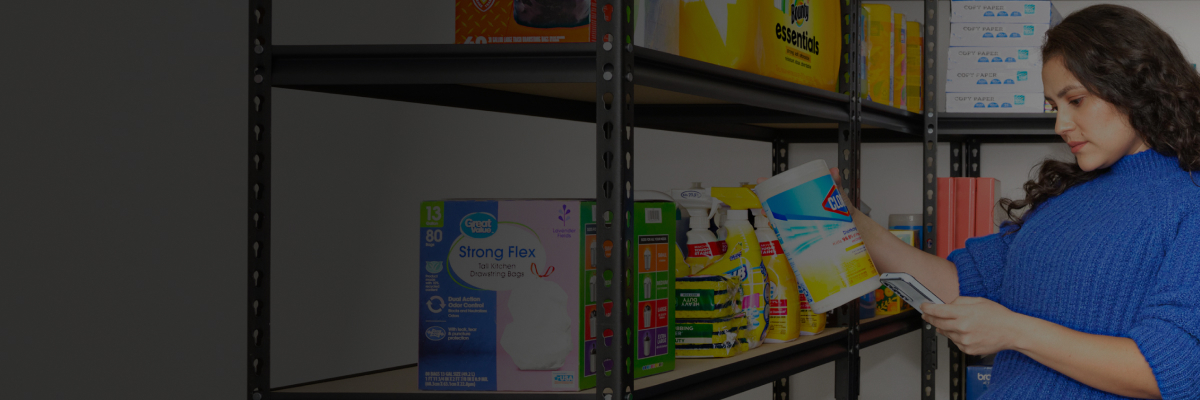

Limited-time offer
Unlock your special promo code
Stay informed on Walmart Business news & get $20 off a $100 purchase!1
1Minimum order of $100. Promo code can be used one time & may not be combined with other offers. Offer not transferable & void where prohibited by law. Customer responsible for all applicable taxes. Offer expires 12/31/2025 at 11:59pm PT. Further restrictions apply. See terms at checkout for details. Promo code offers available in limited quantities. While supplies last.
1 Excludes most Marketplace items, freight and certain location surcharges.
2 Restrictions apply.
3 Rewards can only be used toward future purchases on Walmart Business. Additional terms apply.
4 Savings based on 1 free $35+ delivery order vs. $9.95 fee and 1 free shipping order under $35 vs. $6.99 fee biweekly, plus 2% Walmart Business Rewards on monthly order >$250 (average value of $400).
Exciting news awaits
Hear firsthand about new products, features & promotions.
By clicking submit, you agree to receive emails about Walmart Business and acknowledge you have read and agreed to our Terms of use and Privacy Policy.



